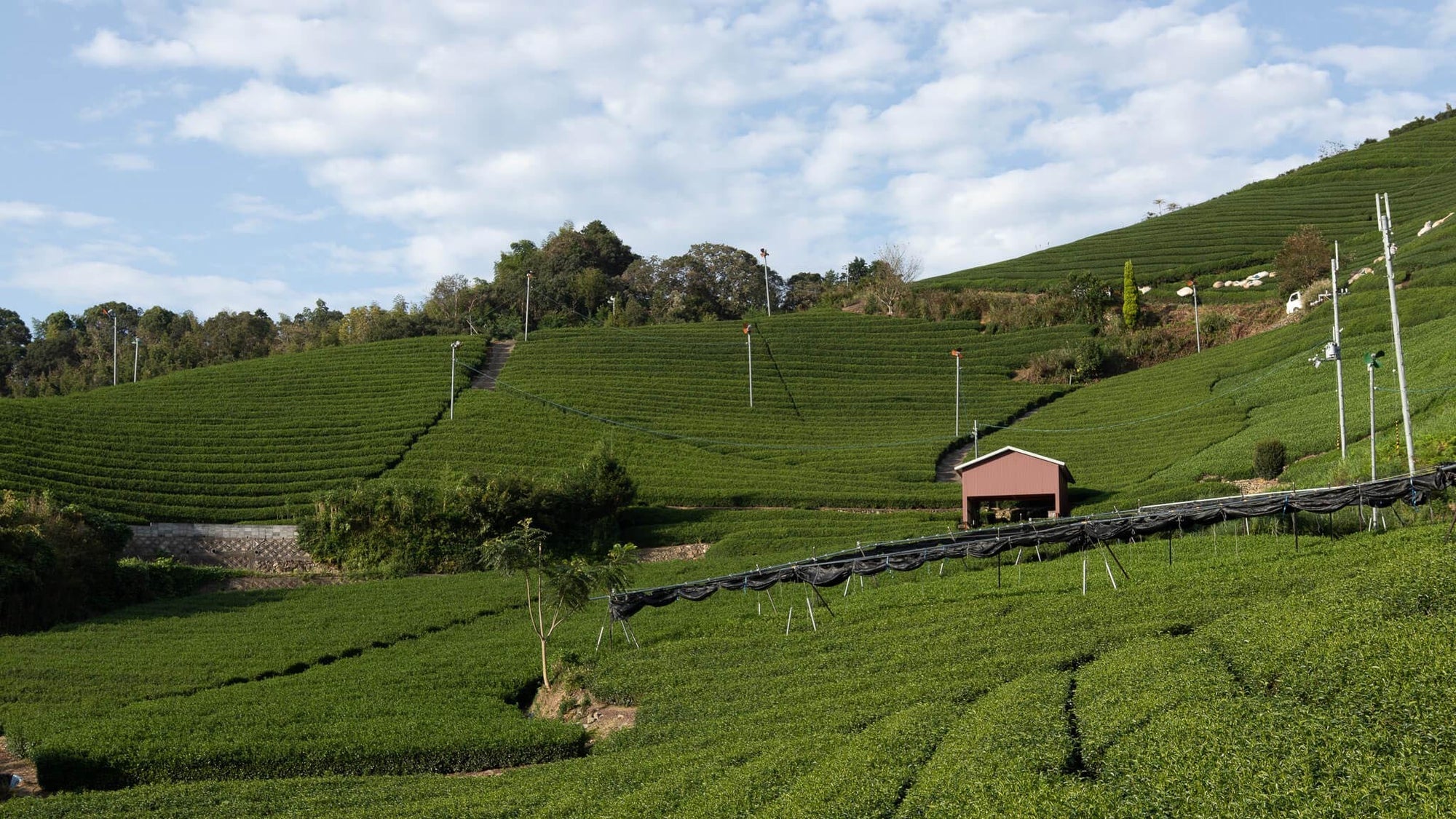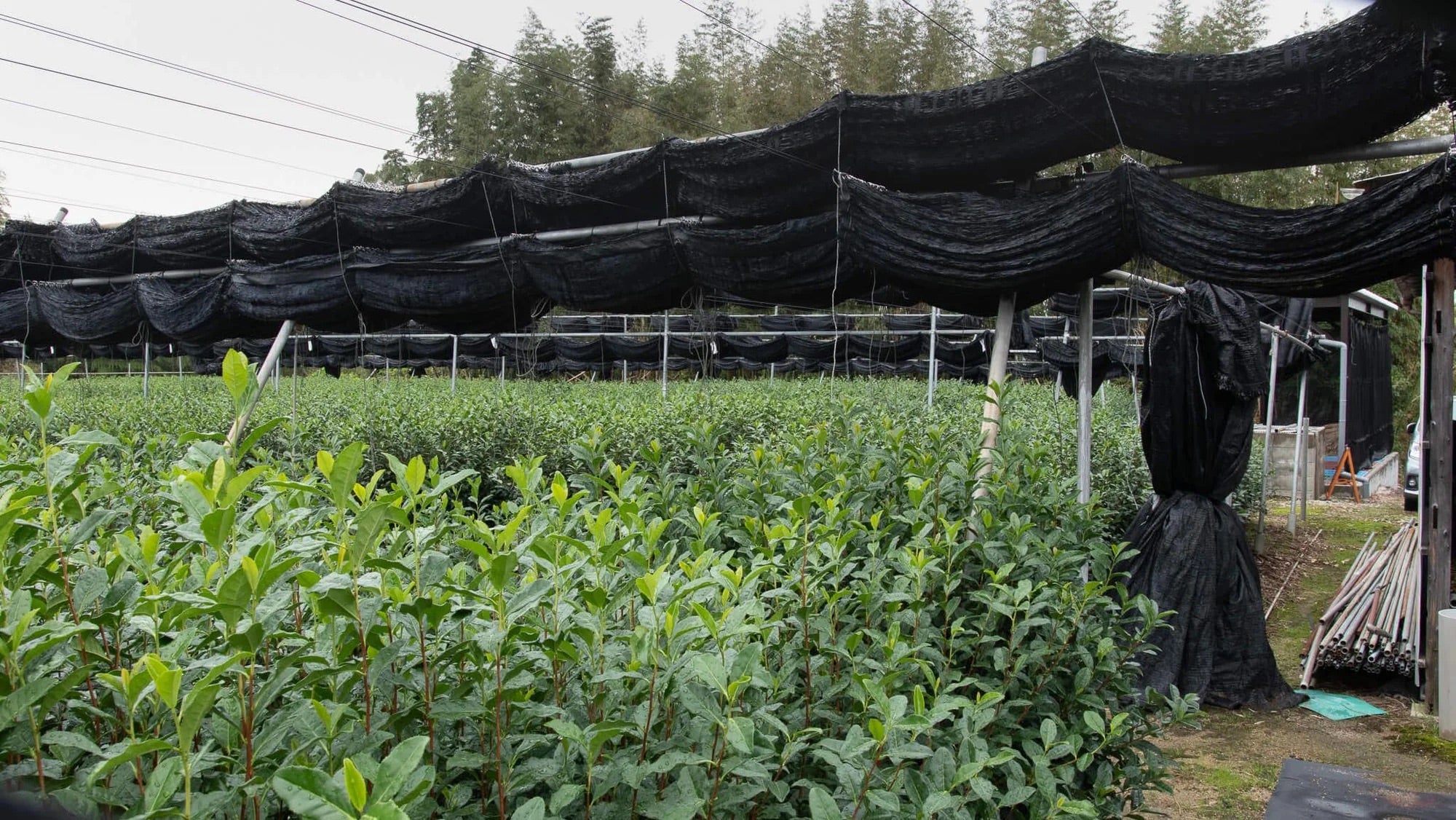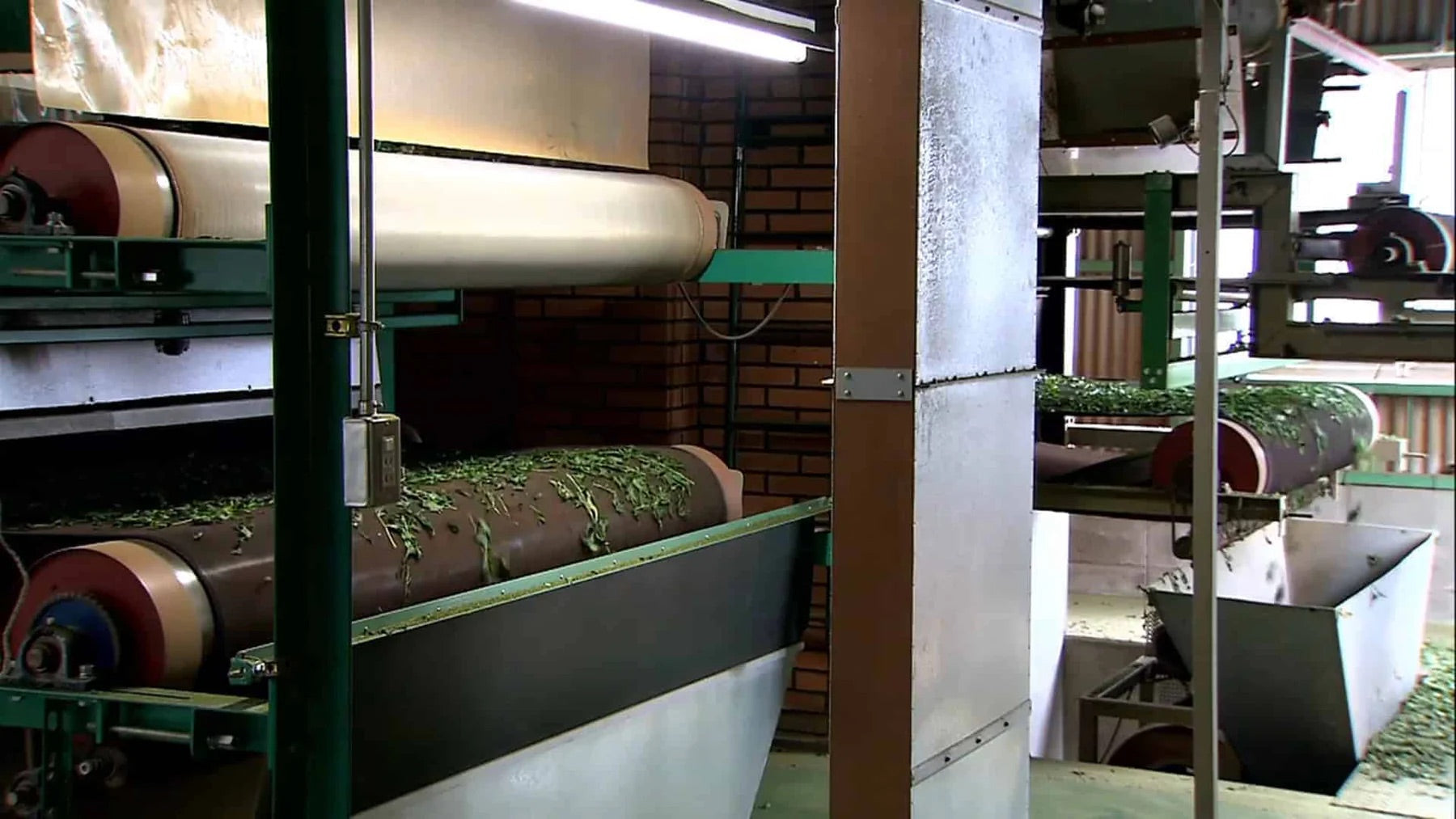Where our matcha comes from
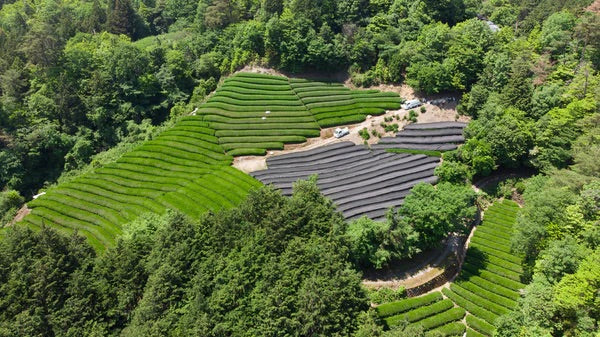
Uji, Kyoto
The home of matcha production in Japan for hundreds of years. Uji tea is associated with high quality. Many tea estates are built into the mountains and hillsides and fringed by rivers and lakes.
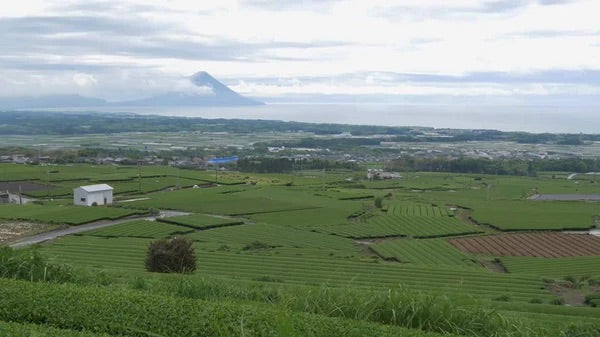
Kirishima, Kagoshima
The breadbasket of Japan tanks to its fertile, volcanic soil. A fast-growing tea region that pioneered organic tea farming in Japan.
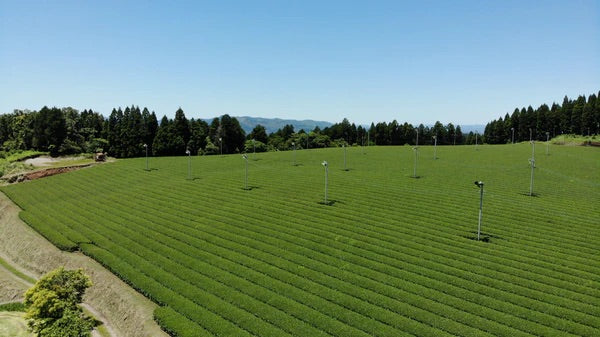
Yame, Fukuoka
Located in southern Japan with a mild climate. Traditionally known as a gyokuro tea producing region, now starting to produce high quality matcha.
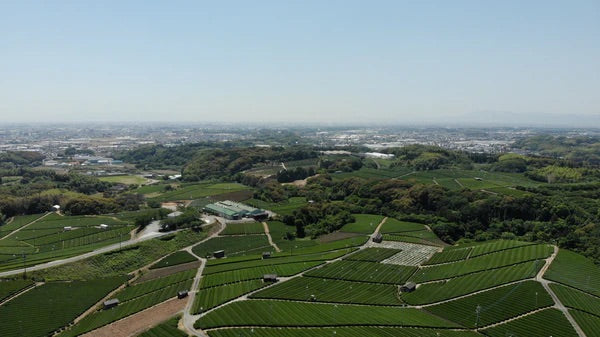
Chiran, Kagoshima
A peninsula on the other side of Kagoshima featuring the same rich, volcanic soil. Previously focusing on cheap, bulk tea, now home to innovative growers producing very interesting blends of matcha.
